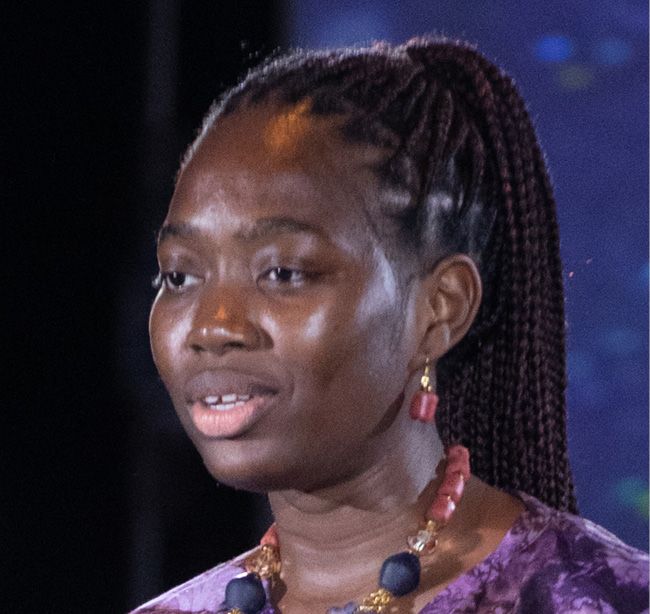
Youth perspective: What do young people know about the digital divide?

By Daniella Esi Darlington, Co-founder & Chief Operating Officer, Copianto AI
The International Telecommunication Union (ITU), the United Nations Department of Economic and Social Affairs (UNDESA), the Internet Governance Forum (IGF), and UN-Habitat conducted some quizzes ahead of this year’s International Youth Day on 12 August.
The aim of those surveys – together with inputs from the ITU Secretary-General’s Youth Advisory Board and other youth groups – was to gauge young people’s understanding of artificial intelligence (AI), space technology, and digital connectivity in sustainable development.
While questions about Internet usage, the digital divide, and AI garnered significant interest, space technology received notably less attention.
Overlooking disparities
Imagine young people in a hyperconnected urban centre, unaware of how their peers in nearby rural areas struggle to access basic Internet services.
Consider this: in Africa,only 53 per cent of youth aged 15-24 are online, compared to a staggering 98 per cent of youth in Europe.
This stark contrast is even more pronounced when looking at the overall population: just 37 per cent of Africans use the Internet, compared to 91 per cent in Europe.
The urban-rural divide within Africa itself is severe, with 57 per cent of urban dwellers using the Internet compared to a mere 23 per cent in rural areas.
Good grasp of AI
We found a high level of awareness among youth regarding AI and its ethical implications.
Most respondents recognized key ethical principles in AI development, and accurately defined emerging concepts like Generative AI.
More benefits with space data
By contrast, according to the survey, many young people are unaware of how space technologies can contribute to combating hunger.
For instance, satellite networks can support precise crop monitoring and provide data to optimize water usage.
Apparently, the full potential – and the possible benefits – of space data are not yet thoroughly understood by the younger generation.
This lack of awareness amounts to a missed opportunity for innovation, for solving global challenges, and for bridging divides we didn’t even know existed.
Youth talent untapped
So, what do we do with this information?
Our call to action is clear: let’s bridge not just the digital divide, but the awareness divide.
Let’s empower our youth not just with technology, but with the digital skills to use it for global good.
If we were to establish local innovation hubs where youth could access AI tools and satellite data, what incredible solutions could they develop to tackle the unique challenges facing their communities?
The next breakthrough in climate science, the next leap in sustainable agriculture, the next innovation in disaster resilience – it’s not in our satellites or servers. It’s in the minds of our youth, waiting to be unlocked.
Thus far, we’ve succeeded in connecting youth to the world. Now, let’s connect them to its future.
Let us commit to not just connecting our youth, but to opening their eyes to the world beyond their screens.
True digital empowerment isn’t just about access.
It’s about awareness, understanding, and the power to make a difference.
Daniella Esi Darlington is Co-Founder and Chief Operating Officer at Copianto AI, a technology start-up in Ghana and a member of the ITU Secretary-General’s Youth Advisory Board.
This blog post is based on her remarks during an Action Days session preceding the UN Summit of the Future.
Header image credit: AdobeStock
